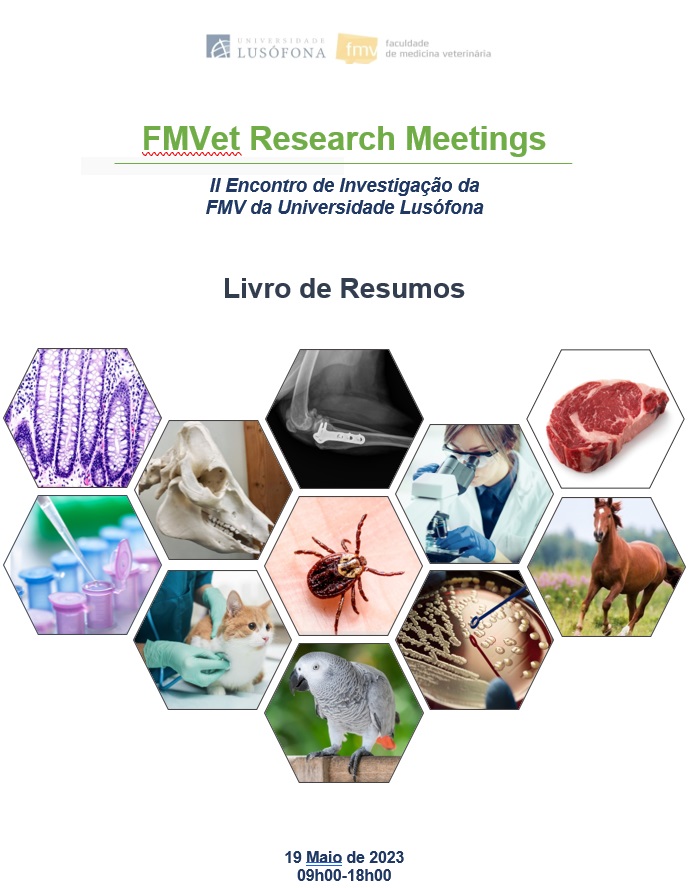Assessment of the microbiological quality and safety in takeaway sushi meals in Portugal
Resumo
Objectives: In this study, it was our goal to evaluate the microbiological quality and safety of takeaway ready-to-eat sushi meals in the region of Lisbon, Portugal.
Materials and Methods: A total of 62 sushi samples, with different fish varieties, were purchased in takeaway services (31 from hypermarkets and 31 from a traditional restaurant). An automated test (TEMPO®) for the enumeration of food hygiene and quality indicators was used; and aerobic mesophilic microorganisms, Enterobacteriaceae, Escherichia coli, coagulase-positive Staphylococci and Bacillus cereus were counted. For Salmonella spp. and Listeria monocytogenes, the VIDAS® immunoenzymatic system was used. The samples were classified as either satisfactory, borderline or unsatisfactory according to the Portuguese guidelines.
Results: Of the total samples analysed, 48.4% (30/62) were classified as having an unsatisfactory microbiological level, corresponding to 54.8% (17/31) of the samples from hypermarkets and 41.9% (13/31) of restaurant samples. As for the remaining samples, 35.5% (22/62) were classified with borderline level and only 16.1% (10/62) were classified as having a satisfactory microbiological level. Concerning fish variety, of the 62 sushi samples analysed, 40.3% (25/62) were made with tuna, 50% (31/62) were made with salmon and 9.7% (6/62) were made with shrimp. Of these, 64% (16/25), 29% (9/31) and 83.4% (5/6) were classified as unsatisfactory, respectively from tuna, salmon and shrimp. Finally, none of pathogens studied, Salmonella spp., L. monocytogenes and Vibrio spp. was detected in any of the samples under study.
Conclusions: Our results indicate the need to improve good practices in takeaway sushi preparation, and since the worst microbiological results were obtained in hypermarkets, this work further suggests that there is an essential need to improve food safety plans in these establishments, to obtain a final product with the desired quality level.
Keywords: Sushi; Pathogenic microorganisms; Good practices; Food safety.
Funding: This study was supported by a grant by the Faculty of Veterinary Medicine of Universidade Lusófona de Humanidades e Tecnologias


